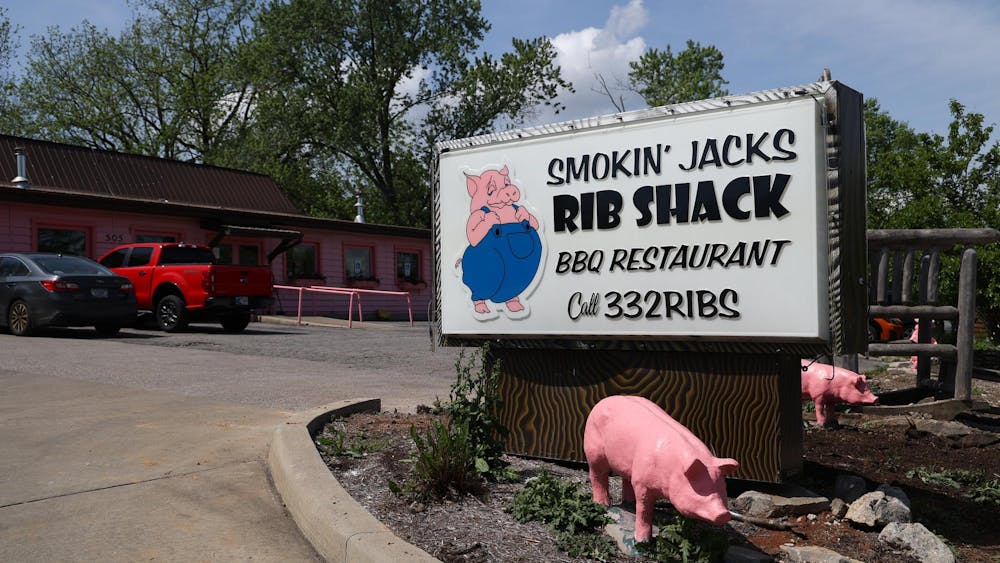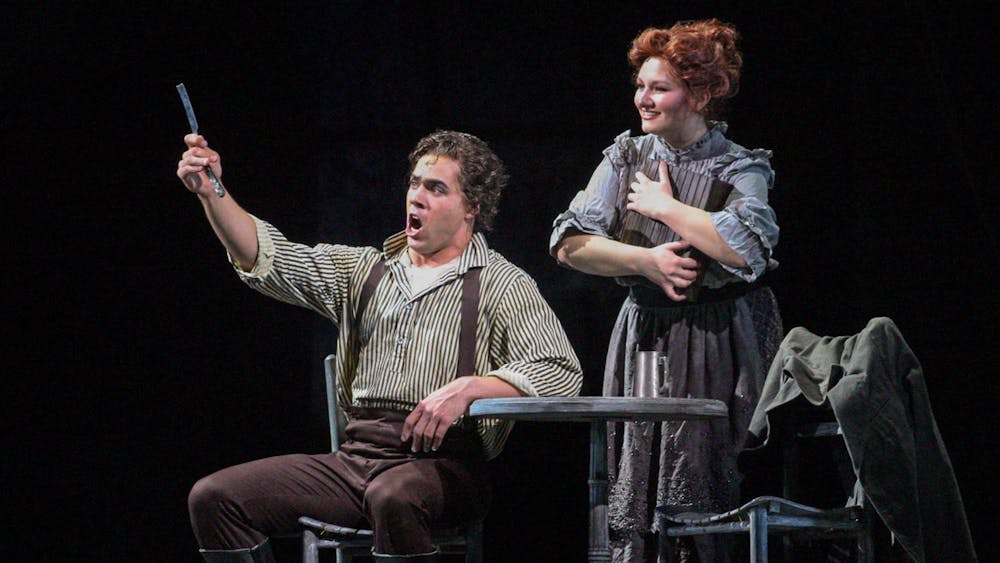Death is an inescapable part of life for all, regardless of sex, age, race or religion, but the practices of grieving and properly honoring a body after death differ greatly throughout the world. The Monroe County Historical Society explores these different practices in one of its newest exhibits, "Facing the Inevitable: Mourning and Mortuary Practices in Monroe County."\nA funeral service and burial might seem like the most likely ways to approach the death of a person here in the center of the Midwest, but "Facing the Inevitable" brings attention to practices from around the globe that are also represented in the Bloomington community.\n"The exhibit showcases the cultural diversity of our town and county and how our practices are influenced by the cultural groups we are a part of," said Carrie Hertz, creator of the exhibit. \nHertz, an IU student working on her Ph.D. in folklore, said the idea for the exhibit came to her earlier this year when a woven casket from the 19th century was donated to the museum, located at 202 E. Sixth St.\n"We weren't sure how we wanted to display the casket, but then the idea came to create an exhibit explaining how practices have changed over time and how culture influences the rituals of mourning and disposing a body," Hertz said. \nThe diversity is evident in each section of the exhibit, not only from the rituals practiced but also how death itself holds different meanings in different cultures. The Tibetan Buddhism display showcases a book on how to prepare for rebirth after death, which poses an interesting contrast to the Victorian Era section of the exhibit, which gives details of the rigid mourning that often lasted several years after a death.\n"A lot of people don't question that their practices are natural, but most are not necessarily natural but social ideas that have been shaped by cultural beliefs," Hertz said.\n"Facing the Inevitable" is a three-part exhibit focusing on the rituals surrounding death, mourning etiquette and how people are remembered after death.\n"Every society engages in these three sections. The differences lie within them," Hertz said.\nCatherine Johnson-Roehr, a member of the Monroe County Historical Society, was surprised by the extent of the exhibit.\n"It's much broader than I expected," Johnson-Roehr said. "The cross-cultural aspect makes it very interesting," \nThe exhibit places emphasis on practices of the Victorian Era, with a display of a black dress worn during the deep mourning period. Also on display are original pieces of jewelry worn during mourning rituals and often worn for the rest of one's life. A brooch from the 1800s holds a lock of hair worn in memory of a lost loved one. \n"The items are just really beautiful and fascinating; they are somewhat exotic," Hertz said. "I think my favorite part of the exhibit is the (commemorative) tattoo section. It's interesting that people get tattoos to remember others that have died," said junior Chad Miller.\nThe exhibit also includes sections on the histories of cremation and embalming, different types of gravestone designs and the importance in the United States of having the body to signify closure after a death.\nThe exhibit runs through February.
Historical Society focuses on death
Exhibit explores mourning practices in Monroe County in time for Halloween
Get stories like this in your inbox
Subscribe





